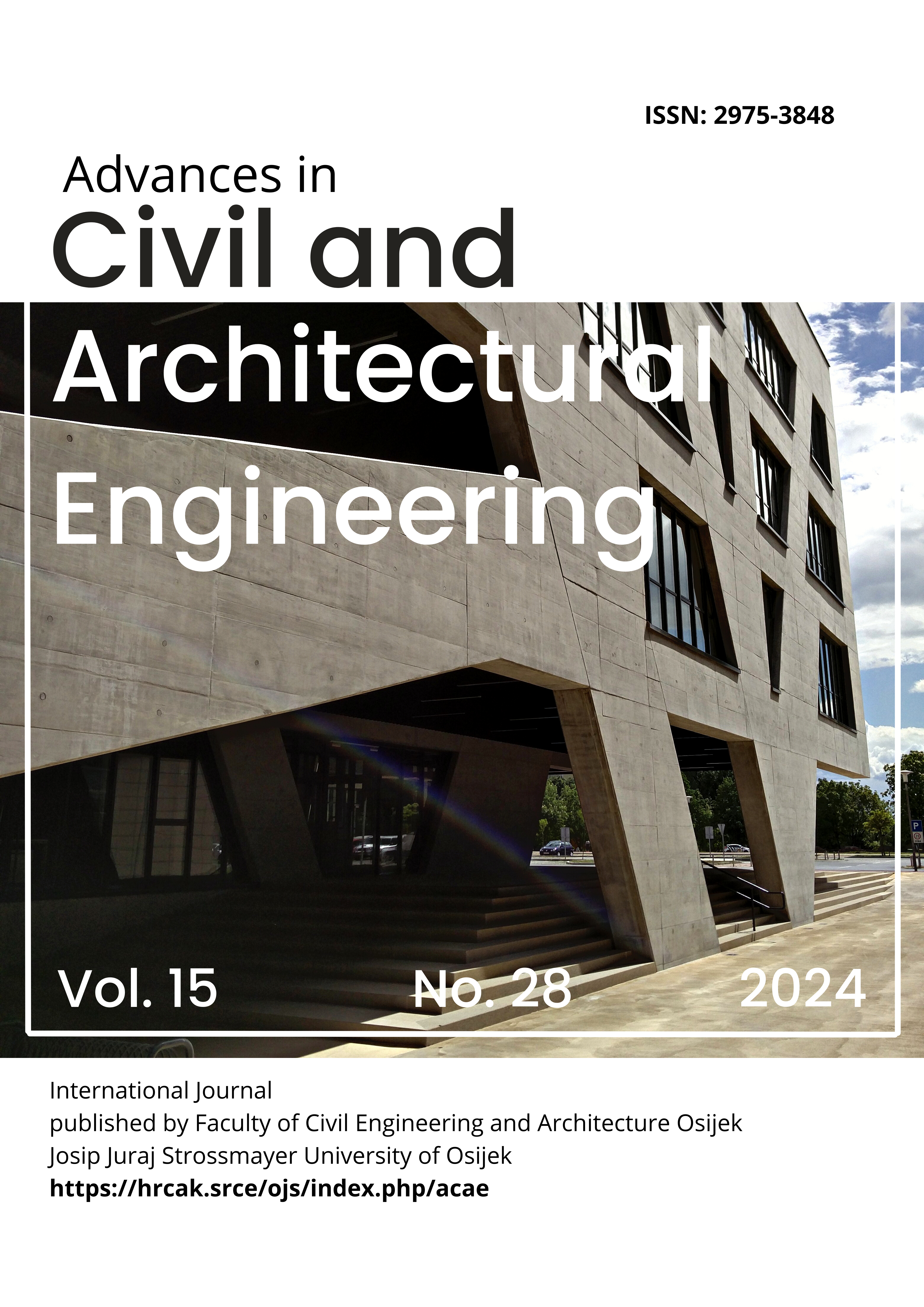Assessment of the discrepancy between daylight factor and using illuminance data methods by climate zones under EN:17037
DOI registering
DOI:
https://doi.org/10.13167/2024.28.10Keywords:
daylighting, daylight provision, Grasshopper, daylight factor, using climate dataAbstract
Conducting a rigorous evaluation of the daylight performance of buildings is essential for human health and energy efficiency. Today, there are two main methods used for analysis: the daylight factor, which has been used since the early 1900s, and the newer approach known as climate-based modelling. Both methods are employed in the EN 17037 Daylight in Buildings’ standard. Utilizing different calculation methods causes discrepancies in daylight provision performance analyses of a room. However, there is no definition or limitation for this subject in the standard. As a result, researchers prefer different calculation methods for the same location in daylighting analyses without a clear justification. Additionally, there is a lack of parametric methods that follow the guidelines of the standard. This study aims to analyse the impact of calculation methods on daylighting analyses according to different regions and generate parametric methods in compliance with the standard. In this respect, comparison calculations are conducted for a theoretical room situated in all 81 provinces of Turkey, where variant climate types occur over a year. Furthermore, parametric workflows are generated using Rhinoceros/Grasshopper following the directives of the standard. The findings indicate that the method choice affects the illumination levels in all zones, ranging from 15 to 114 %.
Downloads
Published
How to Cite
Issue
Section
License
Copyright (c) 2024 Gülçin Gülsüm Konuk Taştan, Işıl İplik, Şensin Yağmur, Hızır Gökhan Uyduran

This work is licensed under a Creative Commons Attribution 4.0 International License.

